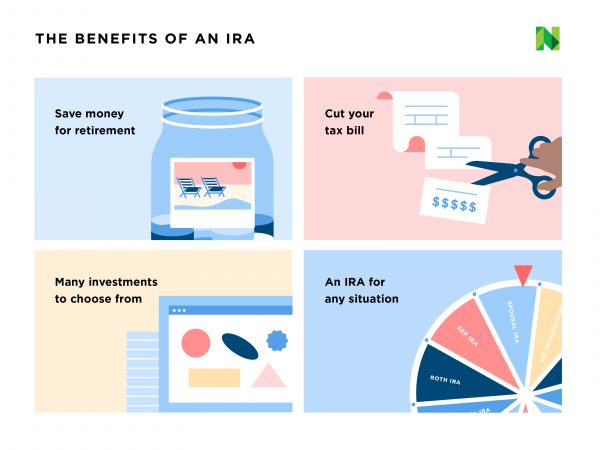We graduated! YAAASSS!!! Started residency ✓ first paycheck ✓ . Now what do we do do with our money to make it work for us as well as save for retirement? When we started looking into this topic, it turned out we needed to do some homework. So, in the upcoming posts I’m going to share some of the different topics which we have taught ourselves more about and why they are important to understand. These topics include what is a realistic savings rate, an emergency fund, high yield savings accounts, Roth IRA, 401k vs 403b, taxable versus nontaxable trading accounts and the list goes on! How exciting!
If these topics don’t excite you, just remind yourself how as students we have studied lots of different topics which haven’t made us money, and we just doubled down and did it for the grade. In this way, learning from these posts and your own personal research on these topics really pays you! And personally, I find it more interesting than slogging through the perineum anatomy or memorizing key enzymes in gluconeogenesis. So, if you are not excited about finance, just remind yourself you’ve studied dull things your entire life and came out on top!
Okay tangent over, today’s post is about what a Roth IRA is, why as a medical resident its good to max it out, and what are misconceptions about a Roth IRA.
A Roth IRA is a retirement account. As a medical resident, you want to maximize your contributions to this account because while you are in residency you are in the lowest tax bracket you will be in your working life. Similarly, if your salary at the start of your career, or in general, is under the adjusted gross income limit for your tax filing status, then you would want to take advantage of contributions at this time as well.
Of note, the Roth IRA is an account that holds your investments. The reason your investments grow is because when you open an account at an online brokerage account e.g. Vanguard, Charles Schwabb, TD Ameritrade, you choose the distribution of your funds. Generally this is a mixed proportion of stocks and bonds. Your investments will grow at whatever rate your stocks and bonds grow with the market.

Facts about the Roth IRA:
– It is a retirement account.
– You pay taxes when you put the money into the account, so that later in life you do not have to pay taxes on the money when you pull it out.
– You can open an account through a multitude of brokerage accounts. Common brokerage firms are Vanguard, TD Ameritrade, Charles Schwab, E-trade, Fidelity etc.
– Once you open the account you will choose what you want your portfolio to include. The options include mutual funds, stocks, bonds, exchange traded funds (ETFs) or bank saving products. Generally, people choose conservative options in this account e.g. 75% stocks (which the majority are low cost index funds/ETFs) and 25% bonds. This is only one example and there is lots of discussion on what your portfolio should be, we can expand on this in a future post!
– For 2019, the max contribution is $6,000 (e.g. a couple would max out at $12,000).
– For 2019, the max modified adjusted gross income for married couples filing jointly is $193,000. For single, head of household, or married filing separately the modified adjusted gross income is less than $122,000 to be able to contribute the maximum amount. Note: if you make over $122,000 but less than $137,000 you can still contribute but not the max contribution. (To simplify: are you single? Than gross income needs to be less than $122,000. Are you married? Gross income less than $193,000 for you both).
Note: If your income is higher than this for your category than you have to use a Backdoor Roth IRA if you want Roth IRA benefits.
Misconceptions:
– “I can pull my money out in the future if I need it for whatever reason” – Not necessarily. You can pull the money you have contributed with no restrictions since you have already payed taxes on that money. You cannot take out the investment earnings without being taxed and penalized a 10% fee. So, let say you put in $2,000 and three years later the earnings are $3,500. You need the money now so you pull out all $3,500. When you take this out you would pay taxes on the $1,500 of earnings AND are penalized $150 as an early withdrawal fee. Ouch. The other option is you pull out $2,000 with no penalty, but remember you already paid taxes on that money when you put it in. Remember, this is a retirement account, so they do not want you taking out your money early.
-To take this one step further. If you think you are going to be needing the money you are putting into a Roth in the near future, just put it in a high yield savings account instead. Better to not pay taxes on money that you are going to pull out in the future. Just use a regular or high yield savings accounts and save yourself the money.
– “I have to contribute throughout the year to the account” – No, you just have to contribute by the tax filing date, generally on or before April 15 of the respective year. So hypothetically if you are unsure of how much you want to put into a Roth IRA. You can save until mid-March and then decide how much you would like to contribute. This is more aimed at new residents who have yet to build an emergency fund.
This is a general briefing and there is more that can be discussed. Luckily for us, people have already taken their time to answer these questions. Links below!
https://www.nerdwallet.com/article/investing/what-is-a-roth-ira
https://money.cnn.com/pf/money-essentials-traditional-roth-ira/index.html
https://www.nerdwallet.com/best/investing/roth-ira-accounts
Comment below on whether you thought this was helpful/too basic/not enough! Thank you for reading!

